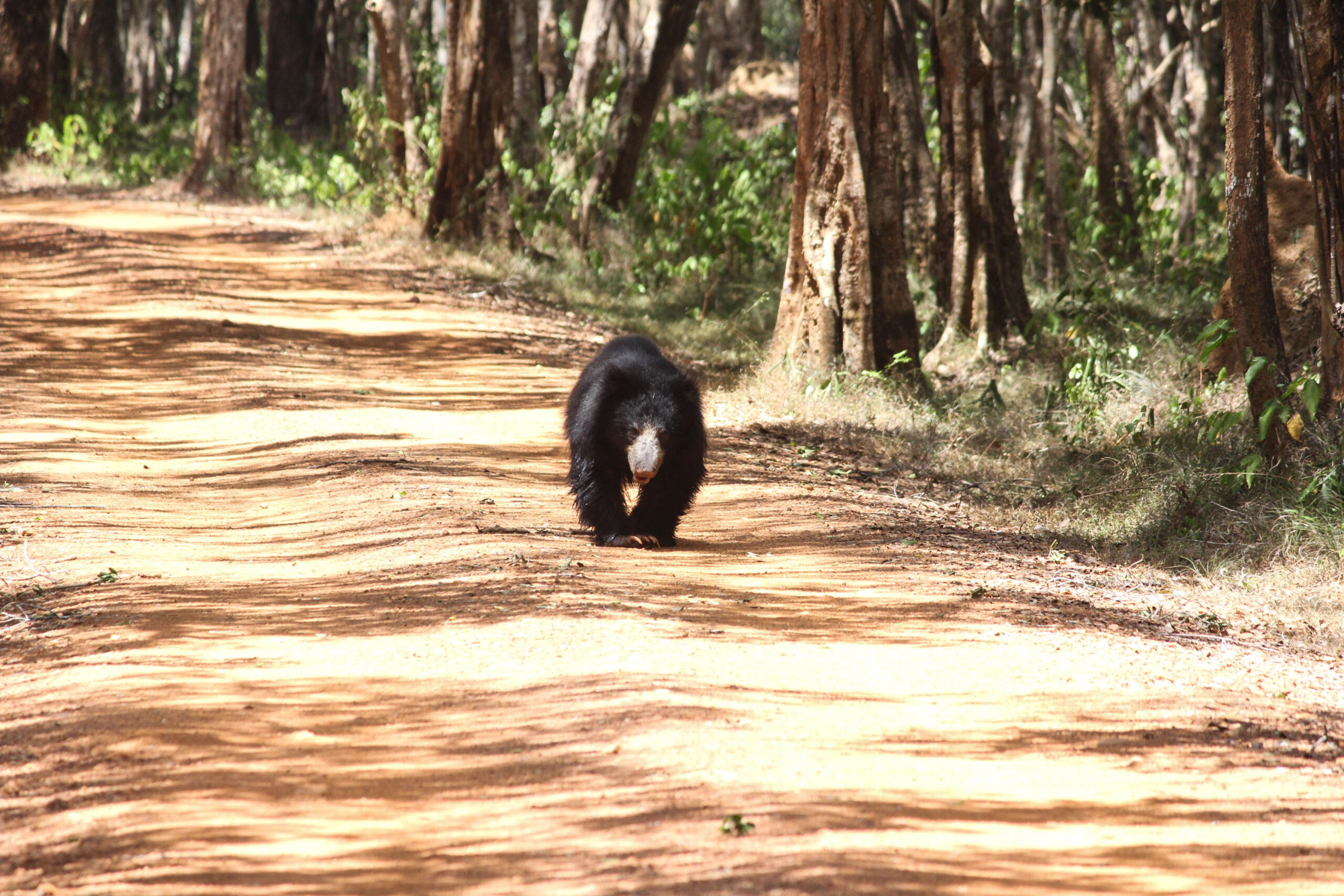If you’re an avid nature lover or a wildlife enthusiast, Wilpattu National Park in Sri Lanka should be at the top of your travel destination list. This sprawling wilderness is a treasure trove of biodiversity, offering a captivating experience for those who crave a close encounter with nature’s wonders.
Wilpattu National Park: Where Nature’s Beauty Reigns Supreme
Wilpattu National Park, covering an expansive area of 1,317 square kilometers, is renowned for its diverse landscapes and thriving ecosystems. Situated on Sri Lanka’s northwest coast, this national park is a haven for a wide array of flora and fauna. From dense forests to tranquil lakes and open grasslands, Wilpattu’s varied terrain creates the perfect habitat for countless species.
A Wildlife Enthusiast’s Playground
For wildlife enthusiasts, Wilpattu National Park is akin to stepping into a living, breathing nature documentary. The park is home to an impressive collection of animals, including the ever-elusive leopard, majestic elephants, spotted deer, wild boars, and water buffalo. The thrill of spotting a leopard, gracefully navigating the undergrowth, is a once-in-a-lifetime experience that draws nature lovers from around the world.
Capturing Moments Through Wildlife Photography
Wilpattu National Park offers an unparalleled canvas for wildlife photographers. Every corner of the park presents unique photographic opportunities, with animals in their natural habitats against breathtaking backdrops. Whether it’s the vibrant plumage of a peacock or the serene scene of elephants by a waterhole, your camera will be your best friend throughout your Wilpattu journey.
Conservation Efforts and Sustainable Tourism
Beyond its aesthetic allure, Wilpattu National Park plays a pivotal role in conservation efforts. The park serves as a sanctuary for various species, some of which are endangered or endemic to Sri Lanka. Efforts by the local government and conservation organizations ensure the protection of these ecosystems against threats like poaching and habitat degradation. By visiting Wilpattu responsibly, you contribute to the preservation of this natural treasure for generations to come.
Planning Your Wilpattu Adventure
If Wilpattu National Park has piqued your interest, consider these tips for a fulfilling experience:
1. Timing Matters: The park is typically open from February to October, with the dry season from June to September being ideal for wildlife spotting.
2. Safari Options: Arrange your safari in advance to secure your spot and choose between half-day and full-day excursions.
3. Accommodation: While lodges aren’t within the park, nearby accommodations cater to various budgets.
4. Respect Nature: Follow the park’s rules and guidelines to ensure a respectful and responsible visit.
In Conclusion
Wilpattu National Park beckons with its captivating beauty and thriving wildlife. From its diverse landscapes to the enchanting wildlife encounters, every moment spent here is a testament to nature’s splendor. If you’re seeking a true wilderness adventure that combines conservation with exploration, Wilpattu is the ultimate destination. Immerse yourself in the magic of Sri Lanka’s wildlife, create lasting memories through your lens, and play a role in preserving this precious ecosystem for future generations.
Your Travel Advisor Gecko Travels




I like this web site very much, Its a rattling nice position to read and
receive info.Blog monry